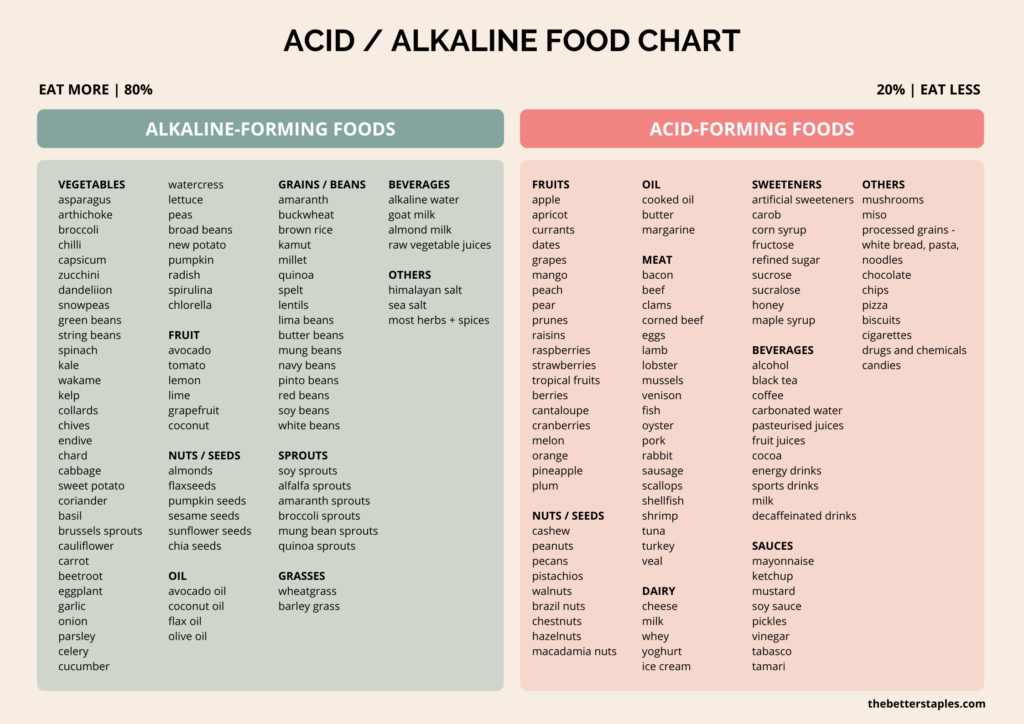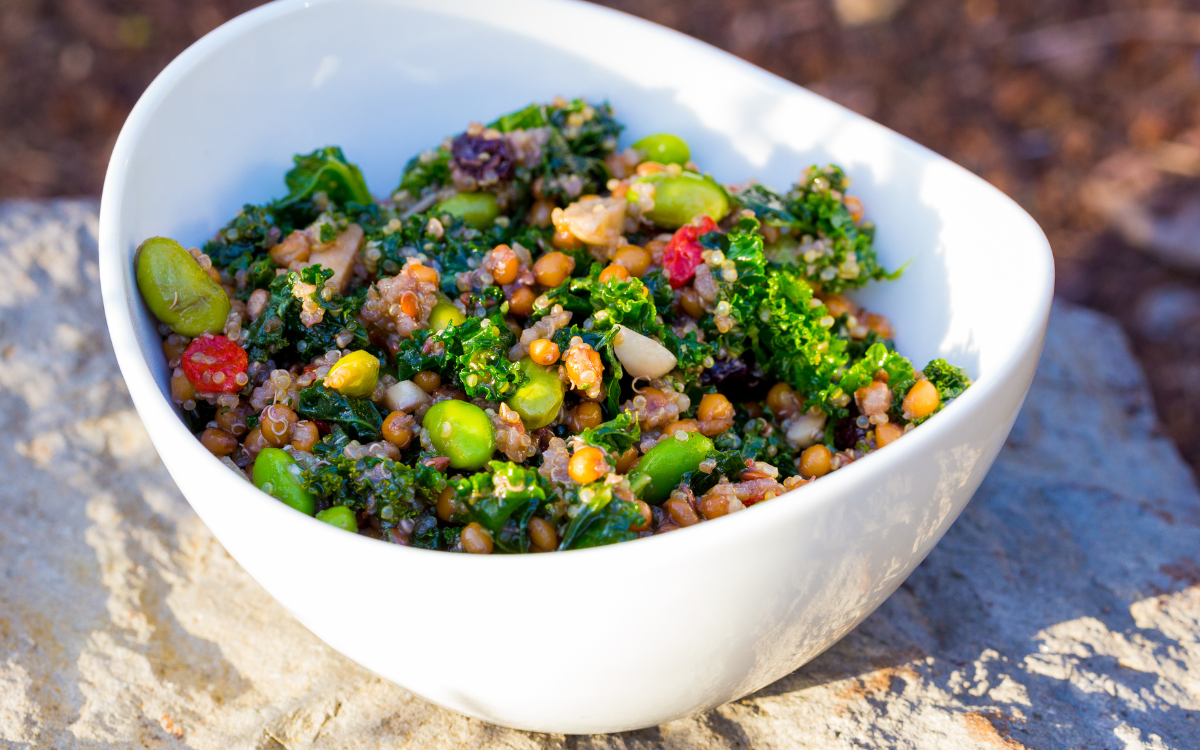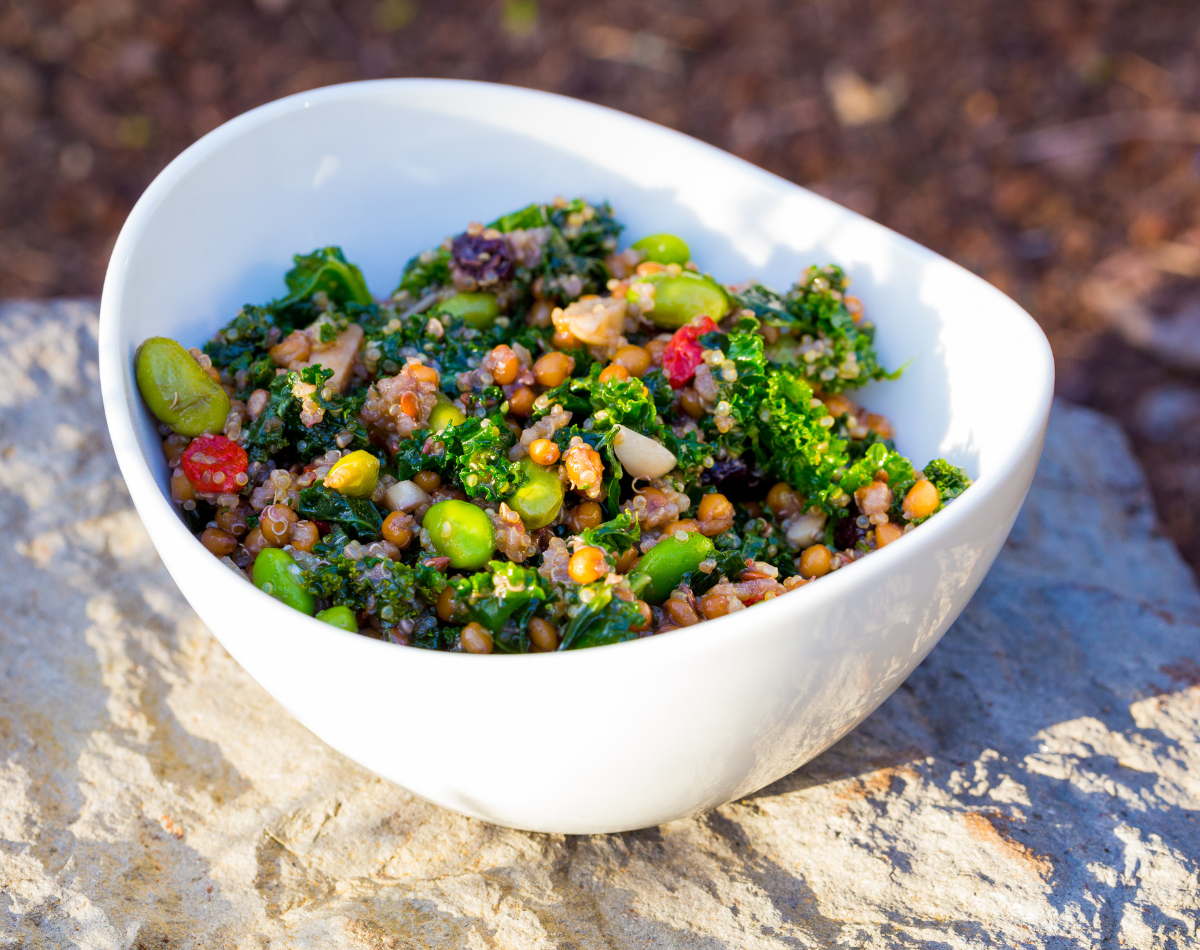The acid-alkaline diet is the first dietary concept I delve into at the start of my wellness journey. It focuses on balancing the body’s pH levels through food. Research indicates that a diet rich in alkaline foods, such as fruits and vegetables, can boost energy levels, enhance immune function, and reduce inflammation. By incorporating more alkaline foods and limiting acidic ones, you can support your body’s natural pH balance.
This guide is a TLDR version to our comprehensive guide, which will introduce you to the basics of the acid-alkaline diet and provide quick practical tips to help you get started.
Understanding pH Balance
pH Scale: Measures acidity or alkalinity (0-14). Below 7 is acidic, above 7 is alkaline.
Body’s Ideal pH: Slightly alkaline (around 7.4).
Benefits of Alkaline Foods
- Boosts energy levels.
- Enhances immune function.
- Reduces inflammation.
- Improves overall health.
Alkaline Foods
- Fruits: Avocados, bananas, apples, berries, melons.
- Vegetables: Spinach, kale, broccoli, cucumber, celery.
- Nuts and Seeds: Sprouted almonds, chia seeds, flaxseeds.
- Legumes: Sprouted lentils, chickpeas.
- Beverages: Herbal teas, lemon water, almond milk.
Acidic Foods to Limit
- Processed Foods: Fast food, snacks.
- Meats: Beef, pork.
- Dairy: Cheese, milk.
- Grains: White bread, pasta.
- Sugary Drinks: Sodas, energy drinks, fruit juices, oat milk.

Tips for Maintaining pH Balance
- Increase Alkaline Intake: Prioritise fruits and vegetables. Easy hack: incorporate a highly alkalising green drink made of only natural ingredients like Vitamineral Green every morning. Read more about my experience here.
- Stay Hydrated: Drink plenty of water.
- Limit Low Quality Acidic Foods: Reduce consumption of processed and sugary foods.
- Balanced Diet: Aim for 80% alkaline and 20% acidic foods.
- Choose High Quality 20%: When eating food from the acidic category, choose high quality i.e. grass fed beef, sourdough bread.
Daily Meal Plan Example
Breakfast: Smoothie with spinach, avocado, and berries OR a shot of Vitamineral Green + avocado on sourdough toast
Lunch: Quinoa salad with mixed greens and chickpeas OR lightly stir-fried veggie, steam fish with a side of brown rice.
Snack: Almonds and a piece of fruit OR cucumber sticks with hummus dip OR lightly sweetened red bean soup with orange peel
Dinner: Grilled salmon with steamed broccoli and sweet potatoes OR Steamed ginger red dates chicken, cucumber slices with a side of brown rice.
Drink: Lemon-infused water throughout the day.
Conclusion
Maintaining an acid-alkaline balance through a diet rich in alkaline foods can significantly impact your overall well-being. Incorporate more fruits that are lower in sugar, vegetables, nuts, and legumes while reducing processed and acidic foods for optimal health.
For more detailed information, check out our Comprehensive Acid-Alkaline Diet Guide here.





